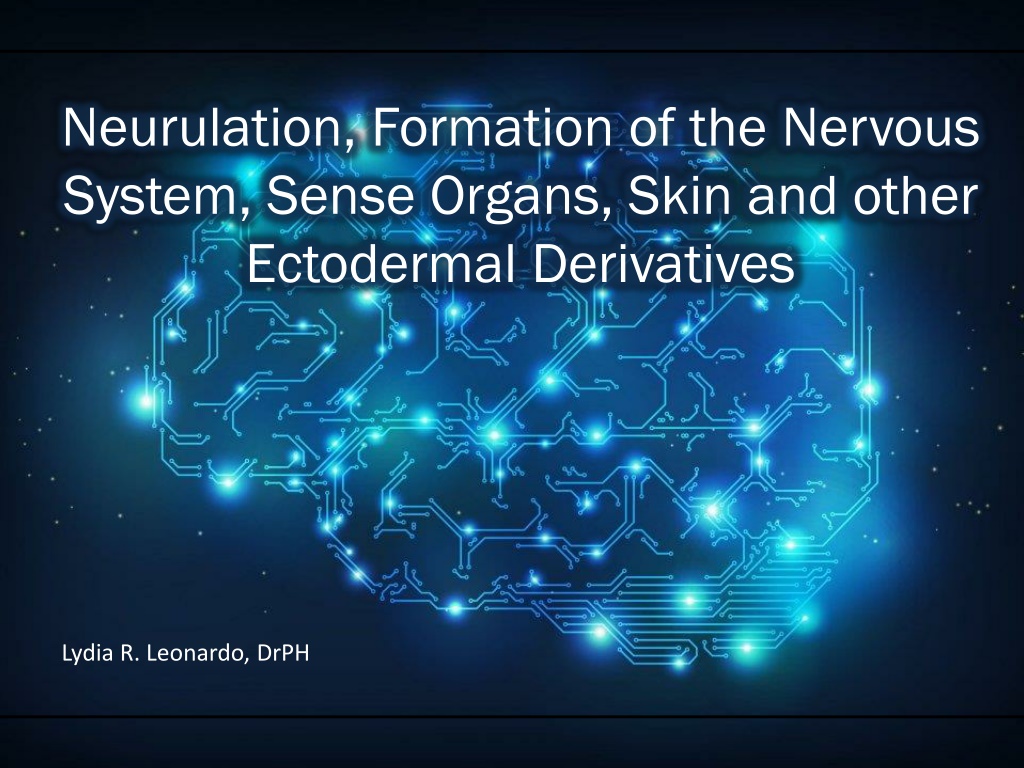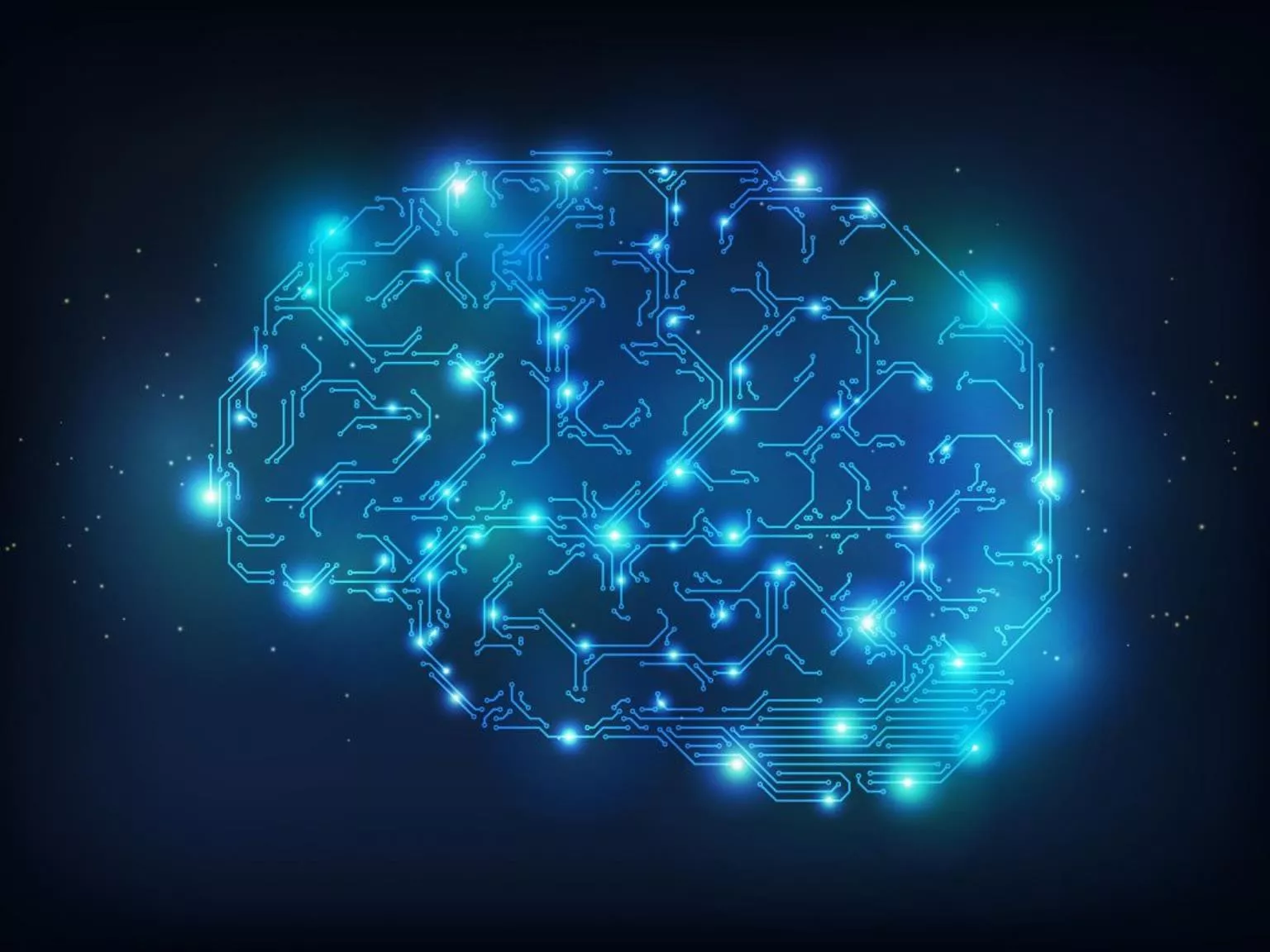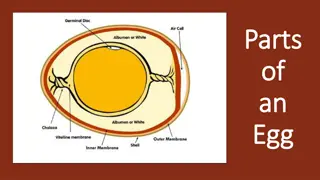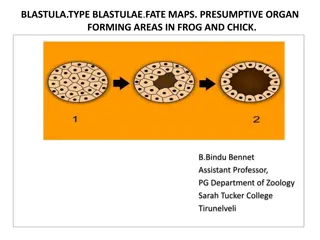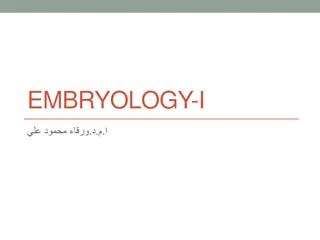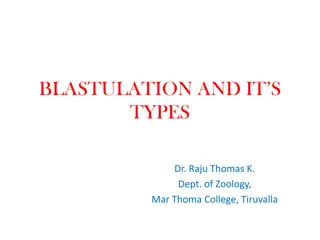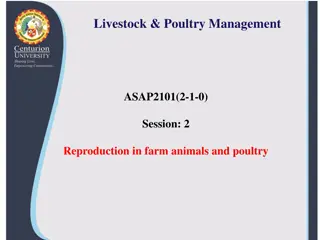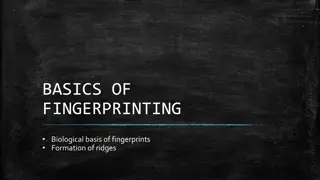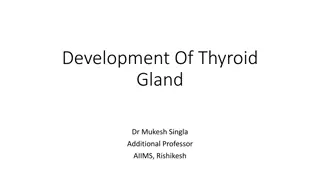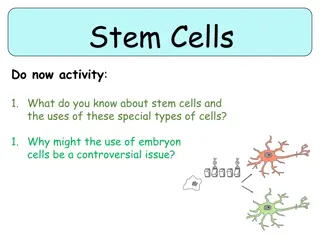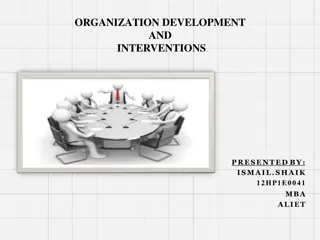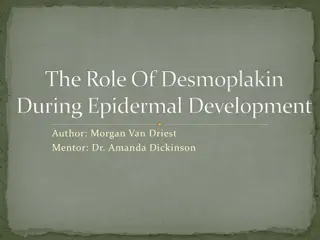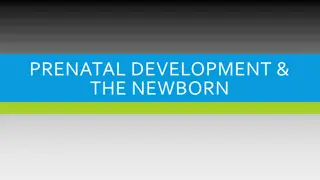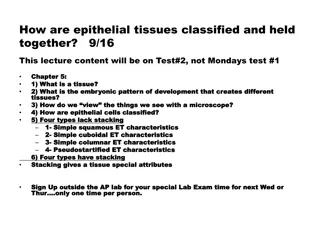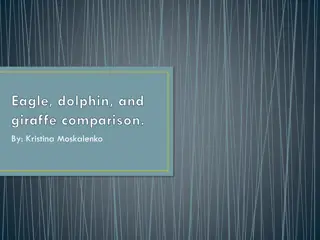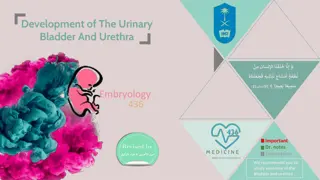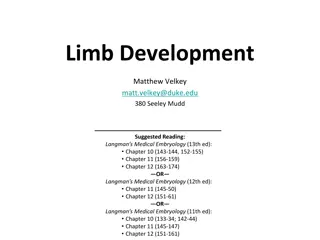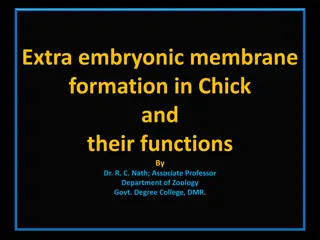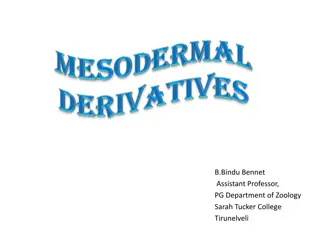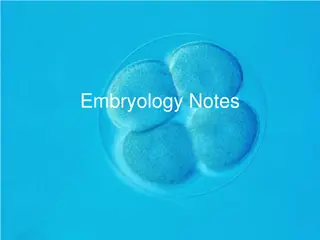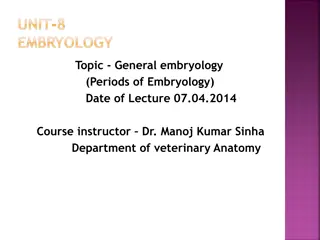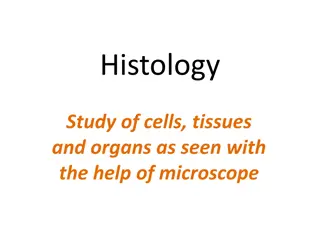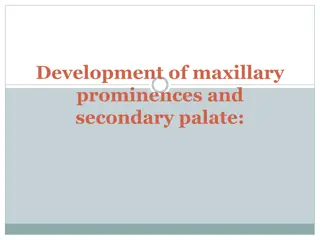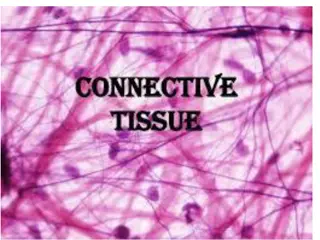Embryonic Development: Key Processes and Organization
Embryonic development involves neurulation, organogenesis, and morphogenetic processes that shape the nervous system, sense organs, skin, and other ectodermal derivatives. The embryo undergoes allocation and differentiation processes, influenced by epigenetic events and the action of organizers. Embryonic induction and inductive stimuli play crucial roles in cell differentiation and developmental fate. These processes are essential for the formation and organization of various embryonic tissues and systems.
Download Presentation

Please find below an Image/Link to download the presentation.
The content on the website is provided AS IS for your information and personal use only. It may not be sold, licensed, or shared on other websites without obtaining consent from the author. Download presentation by click this link. If you encounter any issues during the download, it is possible that the publisher has removed the file from their server.
E N D
Presentation Transcript
Neurulation, Formation of the Nervous System, Sense Organs, Skin and other Ectodermal Derivatives Lydia R. Leonardo, DrPH
Organogenesis Ectoderm the epidermis of the skin, nervous system, sense organs and a few other cell types. Endoderm tissues that line the digestive tract and organs that develop as outgrowths of the digestive tract (including the liver, pancreas, and lungs). Mesoderm skeletal, muscle tissues and circulatory, excretory and reproductive systems.
Morphogenetic Processes in Embryogenesis 1. biochemical patterning of the embryo 2. mechanical morphogenetic movements that geometrically shape the embryo
Embryonic Organization Allocation or differentiation processes to various areas of the embryo, is laid down in its general feature by the polarity of the egg cell or by an interplay of factors derived from the egg polarity, sometime after fertilization. Realization of the plan of organization is dependent upon multitude of epigenetic events occurring in the later stages
Action of the Organizer Most important of these events. Function of the organizer is to initiate directly or indirectly many of the differentiation processes in other areas of the embryo (induction) To initiate in its own area a number of differentiation processes leading to the formation of the essential part of the axial system of the embryo
Embryonic Induction response of cells to the chemical signals released by adjacent cells process by which the identity of certain cells influences the developmental fate of surrounding cells consists of an interaction between inducing and responding tissues that brings about alterations in the developmental pathway of the responding tissue.
Inductive Stimuli Operate only at certain stages, as a rule, during early development, and they are normally ineffective unless there is an intimate contact between inducing and reacting tissues. Once stimulated, the cells proceed along their new course of differentiation independently of a continued application of inducing stimulus.
Spemann-Mangold Organizer The Spemann-Mangold organizer, also known as the Spemann organizer, is a cluster of cells in the developing embryo of an amphibian that induces development of the central nervous system. induction is the process by which the identity of certain cells influences the developmental fate of surrounding cells. Ribatti, Domenico (2014)
Display full size Figure 1. A portrait of Hans Spemann and his assistant Hilde Pr scholdt Mangold. Ribatti, Domenico (2014)
The Spemann-Mangold organizer experiment Display full size Ribatti, Domenico (2014)
Transplantation Experiment of Spemann and Mangold Has shown that the cells in the DLB have an extraordinary role in the formation of the dorsal mesoderm, particularly the notochord and some pharyngeal endoderm. Cells of the DLB have been referred to as the Spemann organizer since the cells here induces the formation of the CNS. One important chemical that was later known to be the cause of the induction of the CNS is chordin (encoded by the gene chordin). Before the CNS is induced to form, chordin is a protein that dorsalizes early vertebrate embryonic tissues binds to bone morphogenetic proteins (BMPs) that may be involved also in organogenesis Ribatti, Domenico (2014)
Neurulation first induction event in animal development The organs first formed in the early vertebrate embryos are the notochord, brain and spinal cord. The notochord is first formed from the mesodermal cells of the DLB or the mesodermal cells of the Hensen s node of amniotes called the chordamesoderm.
Counterpart of the DLB Further movement (by ingression) of the cells from the surface epiblast results to a thickened structure at the anterior end of the primitive streak called the Hensen s node. The aggregate of cells in this thickened knot are destined to form the notochord. Notochord, if you recall, is made of cartilage-like cells that serves as a flexible axial support in all chordate embryos. It grows forward along the length of the embryo as a cylindrical rod of cells. At this point, we can generalize that where the DLB in amphibians or the Hensen s node in amniotes, establishes the posterior end of the embryo since the notochord develops anterior to these structures.
NEURULATION Is defined as the process which gives rise to the neural tube in the development of the embryo The neural tube gives rise to the central nervous system Also gives rise to the neural crest cells, which migrates from the dorsal side of the tube to give rise to different cell types
NEURULATION First in neurulation is the formation of the neural plate The neural plate is a result of the dorsal thickening of the ectodermal cells Folding begins in the neural plate (formation of neural folds)
NEURULATION The subsequent folding of the neural plate gives rise to the neural tube The neural tube pinches off the ectodermal cells to become a separate structure Neural crest cells form a layer between them
NEURULATION The ectodermal cells are subdivided into the epidermal ectoderm and the neural ectoderm cells Derivatives of the epidermal ectoderm include: Epidermis and appendages (hair, glands, nails) Cornea Otocyst (inner ear cell) Lining of outer part of both ends of gut (anus and mouth linings) Ameloblasts (makes tooth enamel) Tongue covering Part of salivary gland
NEURULATION The neural crest cells are sometimes termed as the 4th germ layer because of its abundance of derivatives These derivatives include: PNS ganglia Myenteric and submucosal plexus in GI tract Schwann cells (myelination of PNS) Adrenal Medulla (part of kidney) Odontoblasts (production of dentin) Melanocytes (pigment cells) CT-type derivatives in head and neck Neural Crest = forms the peripheral nervous system, facial cartilages and bones and connective tissues corresponding
Derivatives of the Three Primary Vesicles Primary Vesicles Secondary Vesicles Neural Derivatives Cavity Derivatives Cerebral hemispheres and globus pallidus Thalamus, hypothalamus, and epithalamus Telencephalon Lateral ventricle Prosencephalon Diencephalon Third Ventricle Mesencephalon Mesencephalon Midbrain Cerebral aqueduct Pons and cerebellum Upper part of 4thventricle Lower part of 4thventricle/centra l canal Metencephalon Rhombencephalon Myelencephalon Medulla
Diagram Description automatically generated
Clinical Relevance: Defects in Neural Tube Formation
Anencephaly results from failure of the neural tube to close at the cephalic end, leading to the partial absence of the brain and skull. The lack of crucial brain structures mean that this is a lethal condition, and newborns with this congenital abnormality typically do not survive longer than a few hours or days after birth. Spina bifida results from incomplete closure of the neural tube at the caudal end (most commonly in the lumbar region). There are three main types of spina bifida, of increasing severity: Spina bifida occulta the mildest form, is characterized by an incomplete closure of the vertebrae, without protrusion of the spinal cord. Most people with this form of spina bifida are unaware of having it, and its discovery is often incidental. Meningocele (meningeal cyst) where the meninges protrude between the vertebrae posteriorly, but the spinal cord is undamaged. Myelomeningocele the most severe form, where a portion of the spinal cord remains unfused and protrudes posteriorly through an opening between the vertebrae, in a sac formed by the meninges. This is associated with severe disability.
A picture containing text, weapon Description automatically generated By OpenStax College [CC BY 3.0], via Wikimedia Commons
